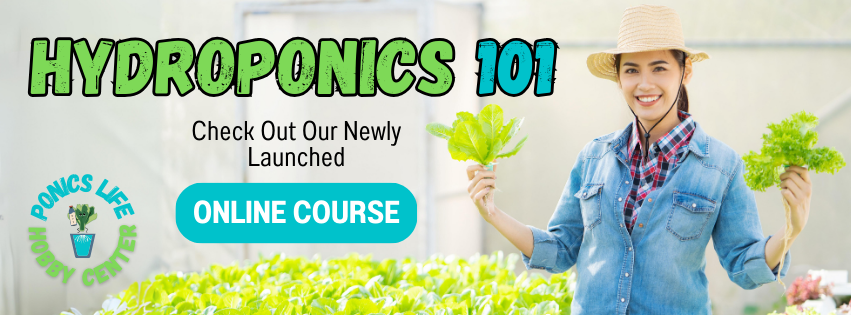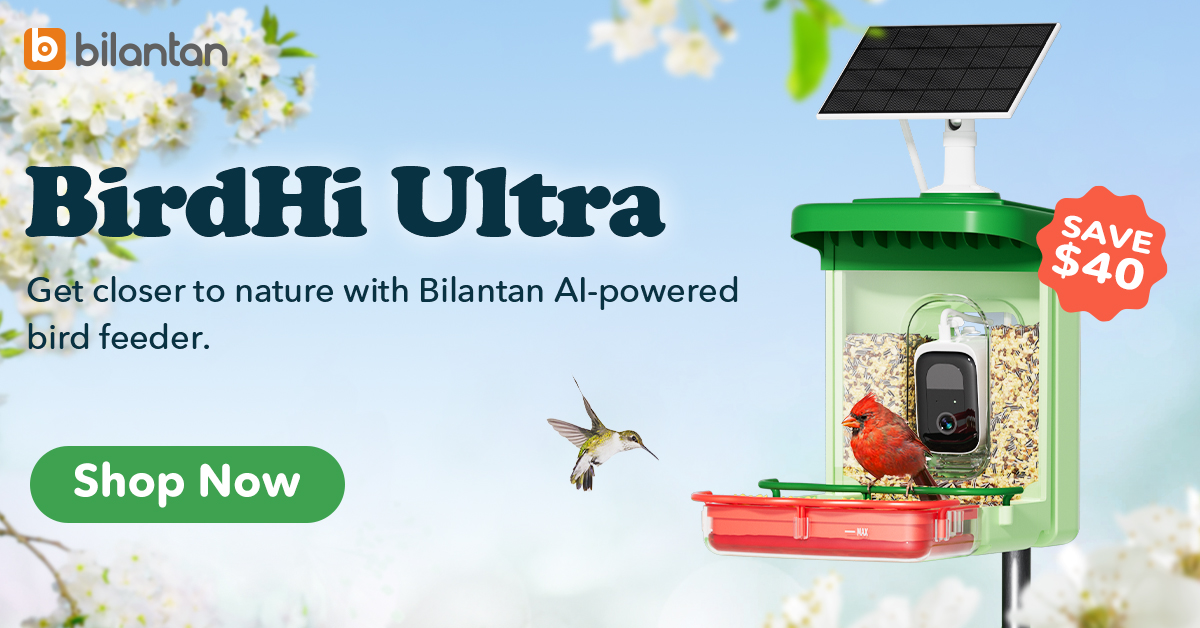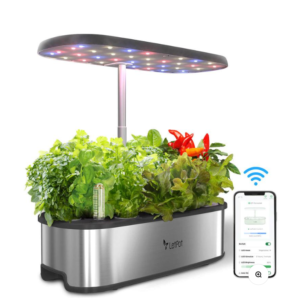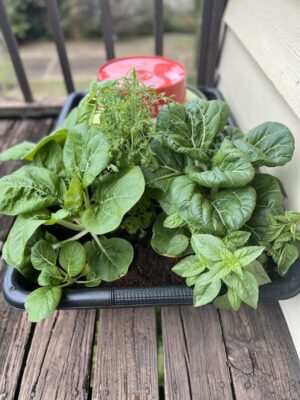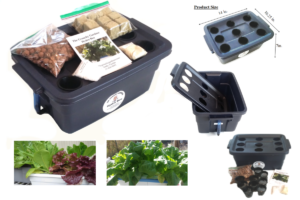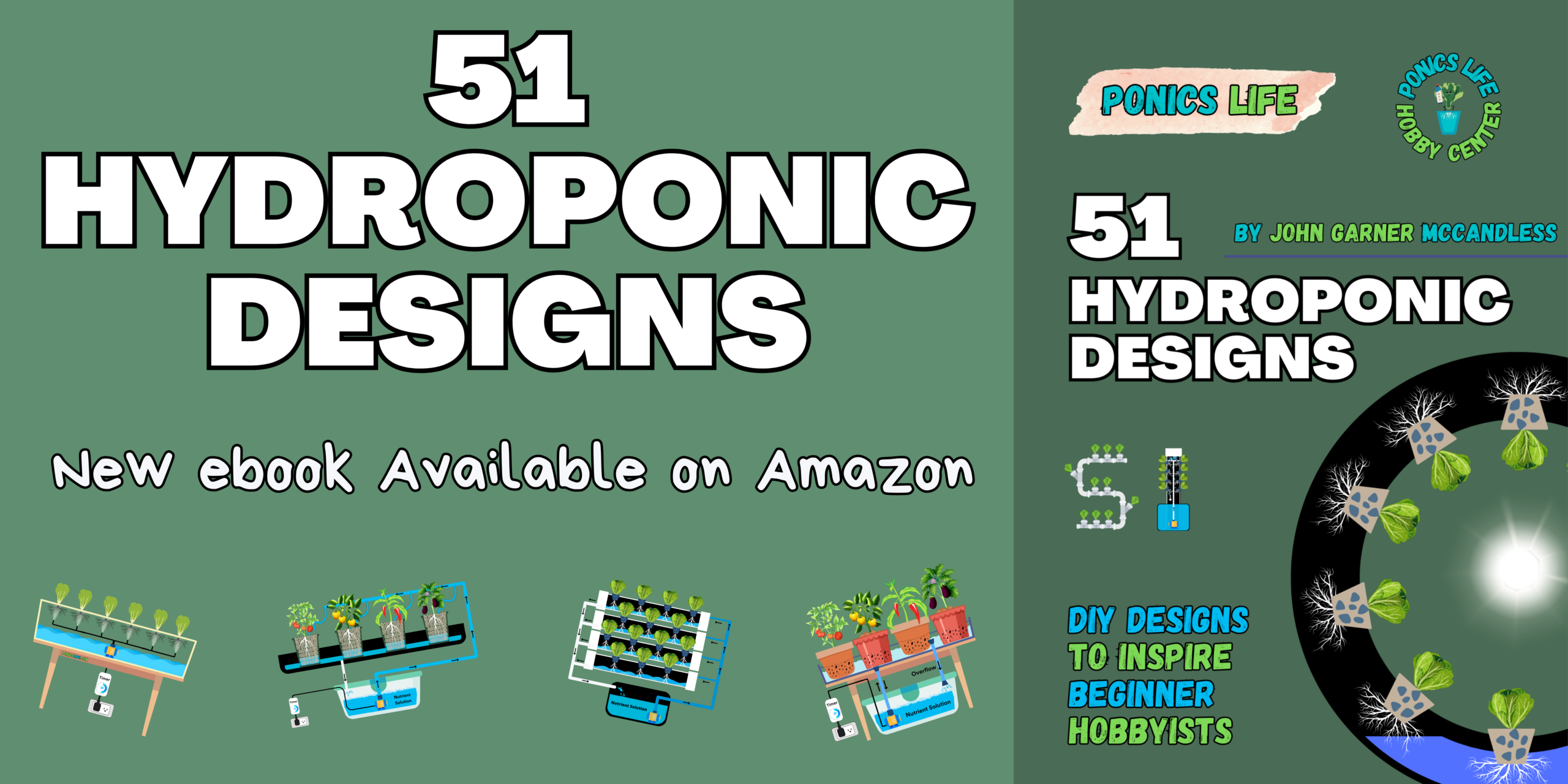Description: Cornflower (Centaurea cyanus), also known as Bachelor’s Button, is a hardy, low-maintenance annual known for its distinctive blue flowers. It’s a highly adaptable plant that can tolerate poor soils and low water conditions. As a favorite in wildflower gardens, it’s perfect for pollinator gardens, wildlife habitats, and can even be used as an edible garnish.
Flower Varieties: Cornflower (Bachelors Button) flowers come in shades of blue, pink, and white. The flowers are about 1 to 3 inches in diameter, with a distinctive central cluster of disc florets surrounded by ray florets.
Identification
Bachelor’s Button
Common Name: Cornflower
Other Names: Bachelor’s Button, Bluebottle, Bachelors Button
Scientific Name: Centaurea cyanus
Life Cycle: Annual
Area of Origin: Western Asia, Europe
USDA Plant Hardiness Zones: 2a, 2b, 3a, 3b, 4a, 4b, 5a, 5b, 6a, 6b, 7a, 7b, 8a, 8b, 9a, 9b, 10a, 10b, 11a, 11b
Flower Facts
Bachelor’s Button
Color: Blue, Pink, White
Bloom Time: Summer
Qualities: Edible, Showy, Good Cut
Attracts: Butterflies, Pollinators, Songbirds
Flower Petals: 7 – 20 petals/rays, Bracts
Flower Size: 1-3 inches
Plant Care
Bachelor’s Button
Light: Full Sun, Partial Shade
Soil Texture: Clay, High Organic Matter, Loam (Silt)
Drainage: Good Drainage, Moist
Starting Seeds: Start seeds indoors 6-8 weeks before the last frost
Grow in: Containers, Meadow, Naturalized Area
Has Resistant to: Deer and drought tolerant
Cornflower (Bachelor’s Button) Care
Plant Care: Cornflower (Bachelor’s Button) prefers well-drained soils but can thrive in poor soil conditions. It benefits from medium moisture but can tolerate low water environments. Taller plants may need staking or the support of surrounding plants to prevent flopping. Deadheading is recommended to control reseeding unless you want to attract birds, butterflies, and other pollinators.
Light: Cornflower (Bachelor’s Button) thrives in full sun but can tolerate partial shade. In excessive shade, the stems may become floppy.
Watering: While this plant prefers medium moisture, it can tolerate periods of low water. Ensure the soil remains well-drained to prevent root rot.
Climate: Cornflower (Bachelor’s Button) does best in cooler climates and can be started indoors 6-8 weeks before the last frost. In mild winter climates, it can be seeded directly outdoors in the fall.
Pruning: Regular deadheading will promote more blooms and prevent unwanted reseeding. Pruning taller plants can help maintain their shape and prevent them from flopping.
Seed vs Propagation: Cornflower (Bachelor’s Button) is typically propagated by seed. Seeds can be started indoors or directly sown outdoors depending on the climate. The plant reseeds easily, making it easy to naturalize in a garden setting.
Pests, Diseases, and other Issues: Cornflower (Bachelor’s Button) has no serious insect or disease problems, though it can be susceptible to wilt, rots, and rusts. Aphids and mealybugs may occasionally be an issue.
Poisonous Considerations: Cornflower (Bachelor’s Button) is non-toxic to humans, cats, dogs, and horses. It’s a safe choice for gardens frequented by pets and children.
Edible Considerations: Bachelor’s Button flowers are edible and can be used as a colorful garnish in salads, desserts, and drinks. They add a mild, slightly sweet flavor and are often used to enhance the visual appeal of culinary dishes.
Cornflower (Bachelor’s Button) in Hydroponics
| Can be grown in Hydroponics and Aquaponics | Yes |
| Difficulty | Easy |
| Indoor or Outdoor | Both |
| Edible Flowers | Yes |
FAQs
Where did this information come from?
The primary source of information for this article came from the North Carolina Extension Gardener Plant Toolbox.
Is there a big list of edible flowers?
Yes, you can find out which flowers are edible by reading Edible Flowers: A Complete List. The list includes identification, name, flavor, flower color, common uses, and other important considerations.
I’m interested in growing flowers hydroponically. Is there somewhere I can go to learn more?
Yes, you can download our free guide below or enroll in our online course, Hydroponics 101. You can also read and explore our big list of hydroponic designs on Amazon with 51 Hydroponic Designs: DIY Designs for Beginner Hobbyists.
